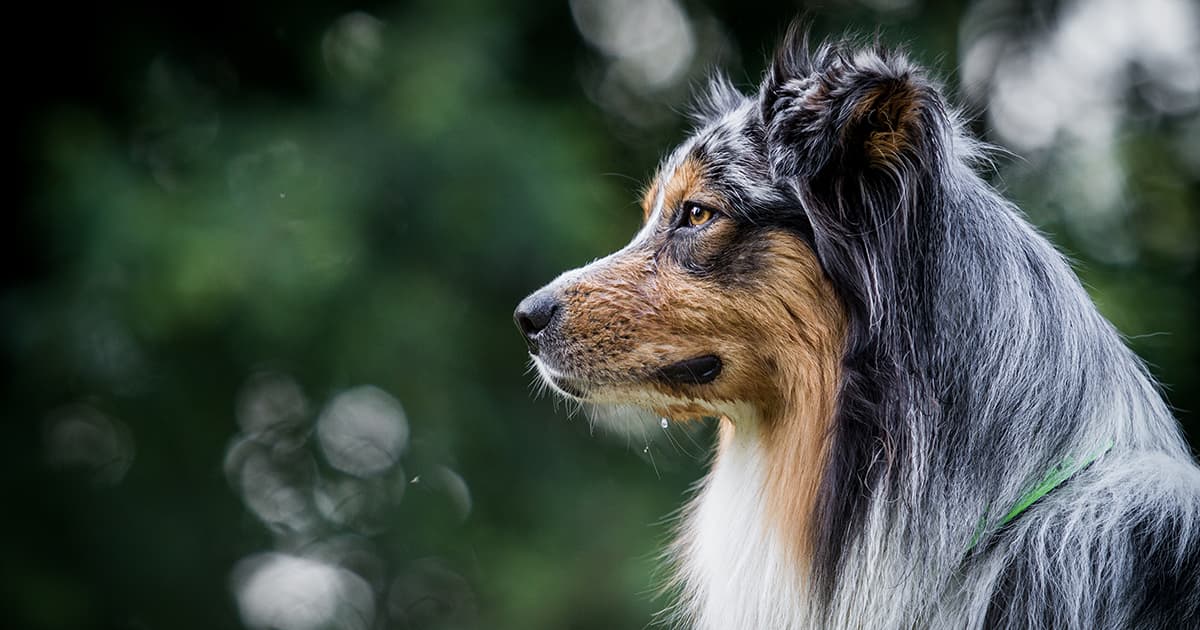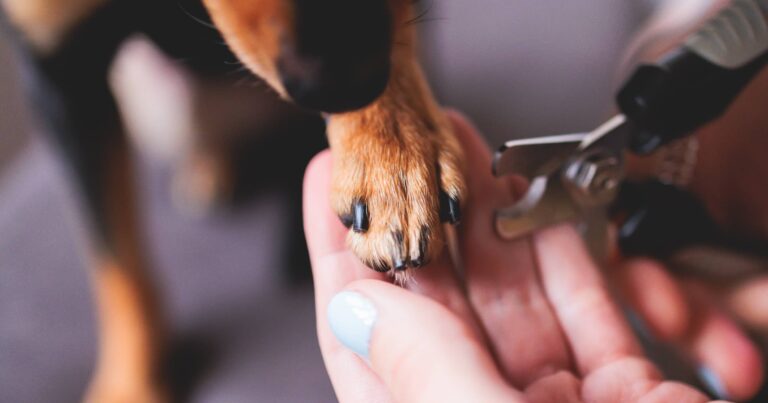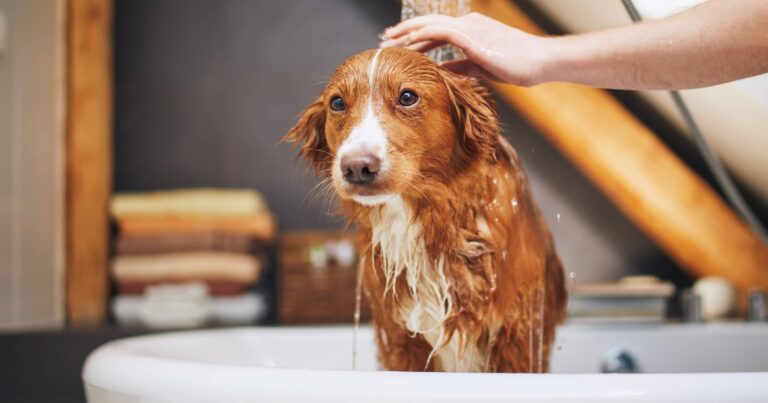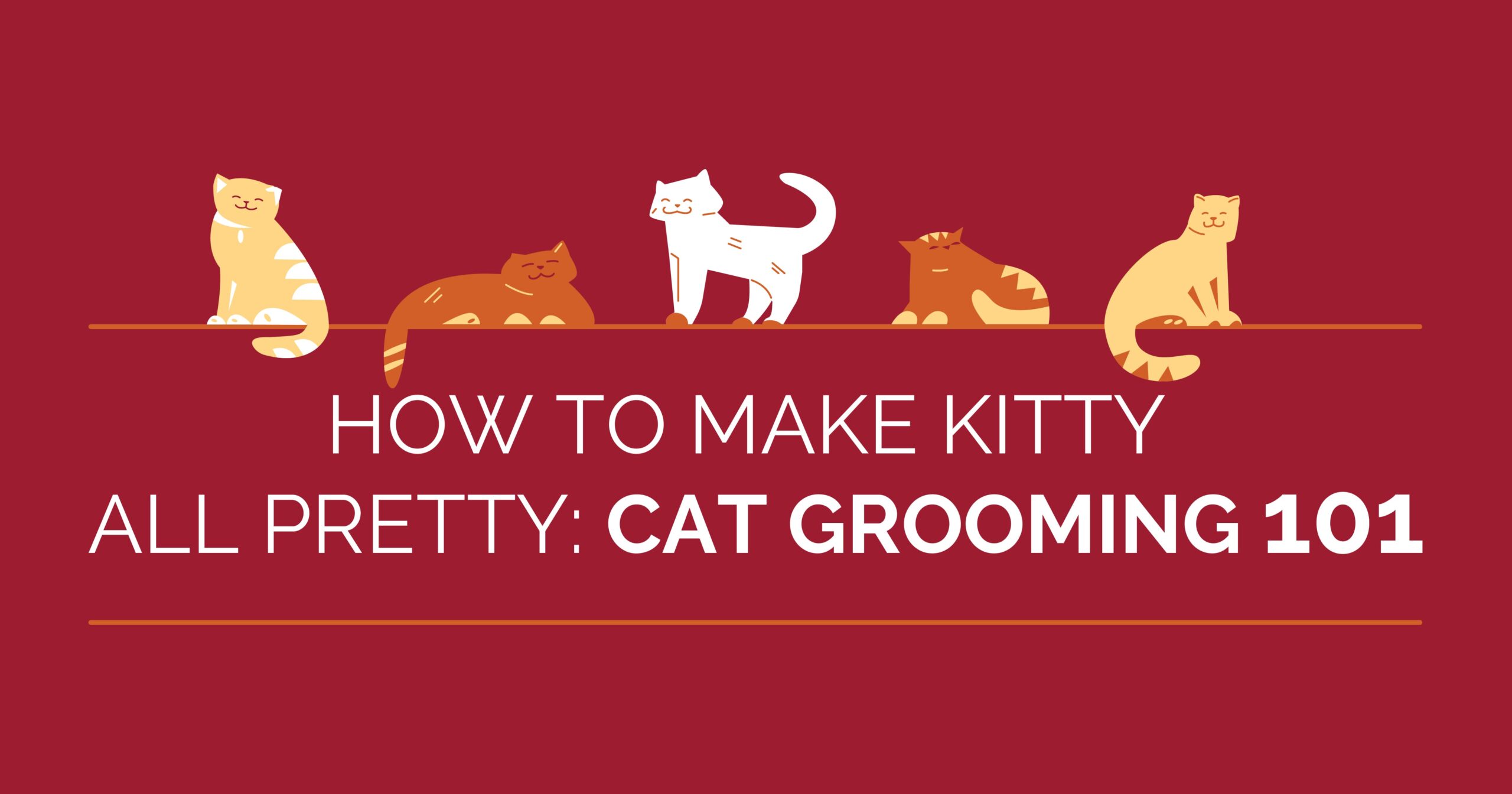Welcome to our Peculiar Pet Facts series, where we investigate the oddities of our pets and explore the science behind them.
Your dog’s hair isn’t there just to give them a unique look and you a soft place to pet. Hair has an important role in protecting your dog’s skin from harmful ultraviolet sunlight and from physical damage (e.g., when the ball rolls under the hedge and they insist on getting it). Hair also helps regulate your dog’s body temperature and helps your dog sense and make sense of their environment. That’s some versatile hair!
The Colorful Outer Layer
Most dogs have a topcoat of hair that gives them their coat color (hairless breeds are the exception). This “guard hair” is coarser, stiffer and longer than the undercoat (if your dog has one, see the next section) and provides waterproofing and protection for your dog’s skin. The topcoat doesn’t shed much, but all dogs can benefit from a weekly brushing to remove any loose guard hairs. Of course, if your dog has a long topcoat, they may need brushing more often — hello, Afghan hound owners!
The Insulating Undercoat
If you have a dog from a double-coated breed, like a Siberian huskie, border collie, German shepherd or Great Pyrenees, they have an undercoat beneath their guard hairs. This undercoat (sometimes called fur) is softer then the topcoat and provides an insulating layer in cold weather. As the days get shorter in fall, this undercoat will typically grow thicker and heavier to protect your dog from the coming cold. In spring, when the days get longer, your dog will typically shed this heavy coat for a lighter coat that allows air to circulate around the skin, keeping your dog cooler. Because shedding is mostly dependent on the length of the daytime, if your dog spends a lot of time indoors, seasonal shedding may not be as noticeable and instead they may shed lightly all year round.
To help keep your dog cooler in hot weather, you can regularly brush your double-coated dog to remove any loose hair (maybe even daily). This will also help keep their skin dry and healthy. It’s important not to shave a double-coated dog, as they need their guard hair to protect them from the environment (e.g., thorns, insects, sunlight).
The Environment-Sensing Whiskers
The third type of hair dogs have is called vibrissae, more commonly known as whiskers. Most dogs (even some hairless breeds) have whiskers on their muzzle, chin and cheeks. The follicles of whiskers are surrounded by sensory receptors that help dogs understand their environment by transmitting whisker movement to their brain. Whiskers help your dog with spatial awareness (particularly in the dark) and help them sense whether they’re close to an object or another animal. Whiskers can even detect changes in air movement.
Like the other hair types, whiskers are made of keratin and don’t hurt to be cut. However, you should not cut your dog’s whiskers unless your veterinarian has determined there is a medical reason to do so. Whiskers tell your dog about the environment around them, so cutting them could cause your dog to become stressed and disoriented.
So now you know. Dogs have three types of hair with three different purposes: protection, warmth and avoiding things in the dark!

RELATED POST: Shedding Control From the Inside Out







